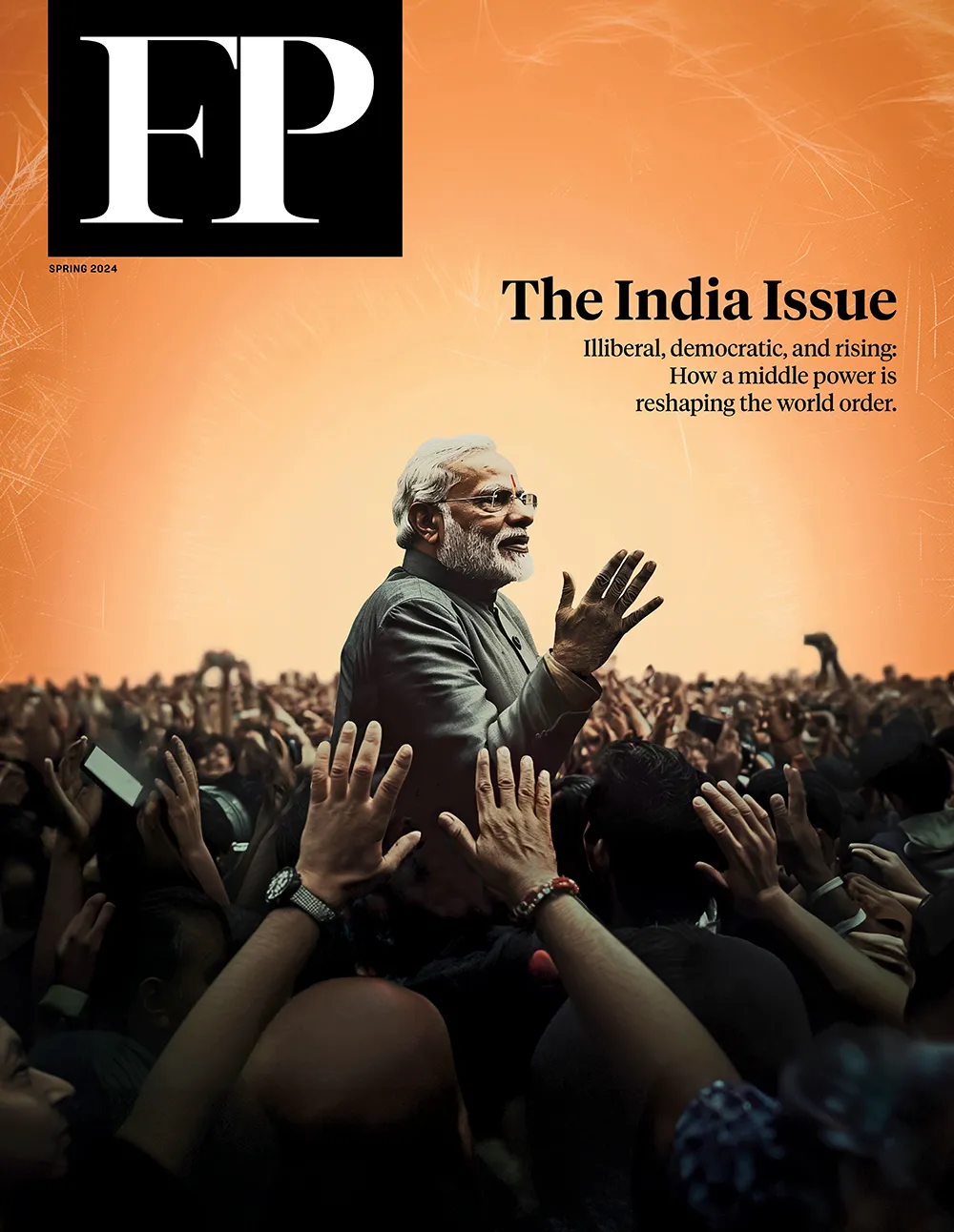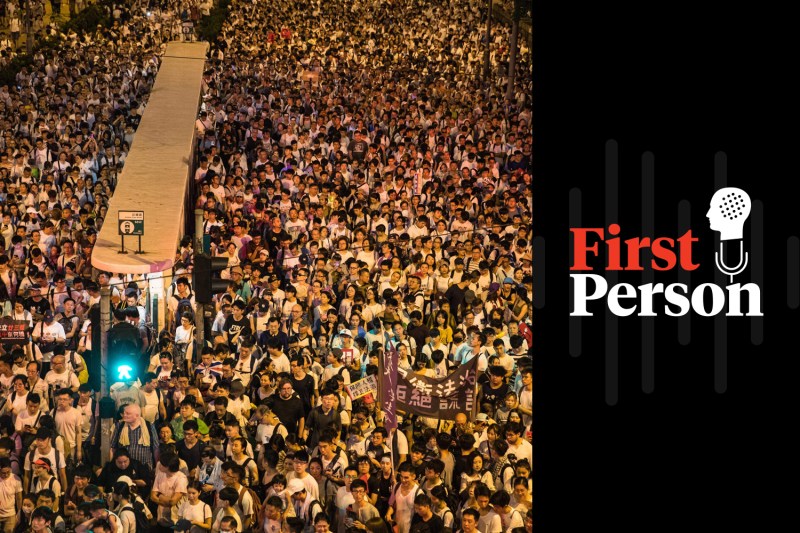How an Extradition Bill Became a Red Line for Hong Kongers
On the podcast: A former China correspondent traces Beijing’s gradual effort to erode human rights in Hong Kong.
The mass protests in Hong Kong in recent weeks have focused largely on one thing: an extradition bill that would send lawbreakers to face trial in mainland China. But the issue is emblematic of a broader trend that worries many Hong Kongers: China's steady erosion of civil rights in the territory. When the United Kingdom handed Hong Kong back to China in 1997, Beijing pledged to allow the region relative freedom and independence for 50 years. To most China experts, that promise seems no longer credible.
The mass protests in Hong Kong in recent weeks have focused largely on one thing: an extradition bill that would send lawbreakers to face trial in mainland China. But the issue is emblematic of a broader trend that worries many Hong Kongers: China’s steady erosion of civil rights in the territory. When the United Kingdom handed Hong Kong back to China in 1997, Beijing pledged to allow the region relative freedom and independence for 50 years. To most China experts, that promise seems no longer credible.
Our guest this week is Frank Langfitt, an NPR correspondent who covered events in China on and off for the past two or so decades, including during the Hong Kong handover. Langfitt is the author of the new book The Shanghai Free Taxi: Journeys With the Hustlers and Rebels of the New China.
More from Foreign Policy

What Produced the China Miracle?
A powerful new book challenges conventional wisdom about the role of the state in Beijing’s rise.

Why Realists Oppose the War in Gaza
If you’re surprised by the movement’s position, you never really understood it.

Consulting Firms Have Stumbled Into a Geopolitical Minefield
The era of free-flowing information is over.

The Man Who Would Help Trump Upend the Global Economy
As a potential U.S. Treasury secretary, Robert Lighthizer has more than trade policy to revolutionize.







